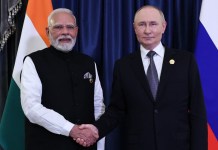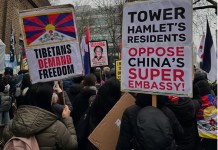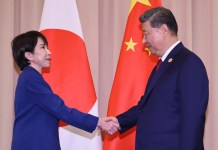Pakistan is deep in a political and economic crisis. In a state that claims to be the Islamic Republic, power has remained concentrated in its army. Many reasons can be listed as why Pakistan could not consolidate a democratic form of government.
A state raised on religious plank must perforce submit to the overarching authority of the ecclesiastical establishment. Islam and its law (sharia) are at variance with the Westminster-type democracy. The first radio broadcast of M. A. Jinnah, the founder of a new state for Indian Muslims, can highlight the profound contradiction.
For nearly half a century, he fought for a separate state for the Muslims of India on the plea that Hindus and Muslims were two religious communities diametrically opposite to each other regarding ideology, culture, language, lifestyle, aspirations, et al. He propounded the two-nation theory and averred that they could never live together.
But in his first broadcast from Radio Pakistan in Karachi, he said now that the new state of Pakistan had become a reality, all of its citizens, to whatever faith and religion they belong, are equal before the law and can observe their religion and ways of worship as they like.
The question is, if that was going to be the considered domestic policy of the Islamic State, what then was the justification for demanding a separate homeland for the Muslims of India?
Jinnah did not realize that instilling millions of Muslims in Pakistan with the lurking guilt of a split personality would weaken the fabric of the contemplated Islamic State. He was harshly criticized by the clerical segment of the new state for his controversial statement.
With the murder of Liaqat Ali Khan, the first prime minister of Pakistan, and a muhajir of non-Punjabi ethnicity, it was firmly established that the Punjabi ethnic community was determined to keep the power within the group and not allow any other ethnic group to aspire for the same.
This monopolistic culture of the Punjabi group sped up the separation of Bangladesh from the Pakistan mainland. The repercussion of the separation of Bangladesh was that the Punjabi ethnic group consolidated its ranks so that further division of Pakistan was stonewalled. In no case were the other ethnic groups or nationalities to be given any space, politically, administratively, or economically.
This also meant conceding more and more power to the strong segment of religious fanatics and rabid conservatives so that the Punjabi-led power structure derived full support from the illiterate and ignorant masses. Thus we have dozens of big and small extremist groups in Pakistan godfathered by the army, landlords, and the bureaucracy triumvirate.
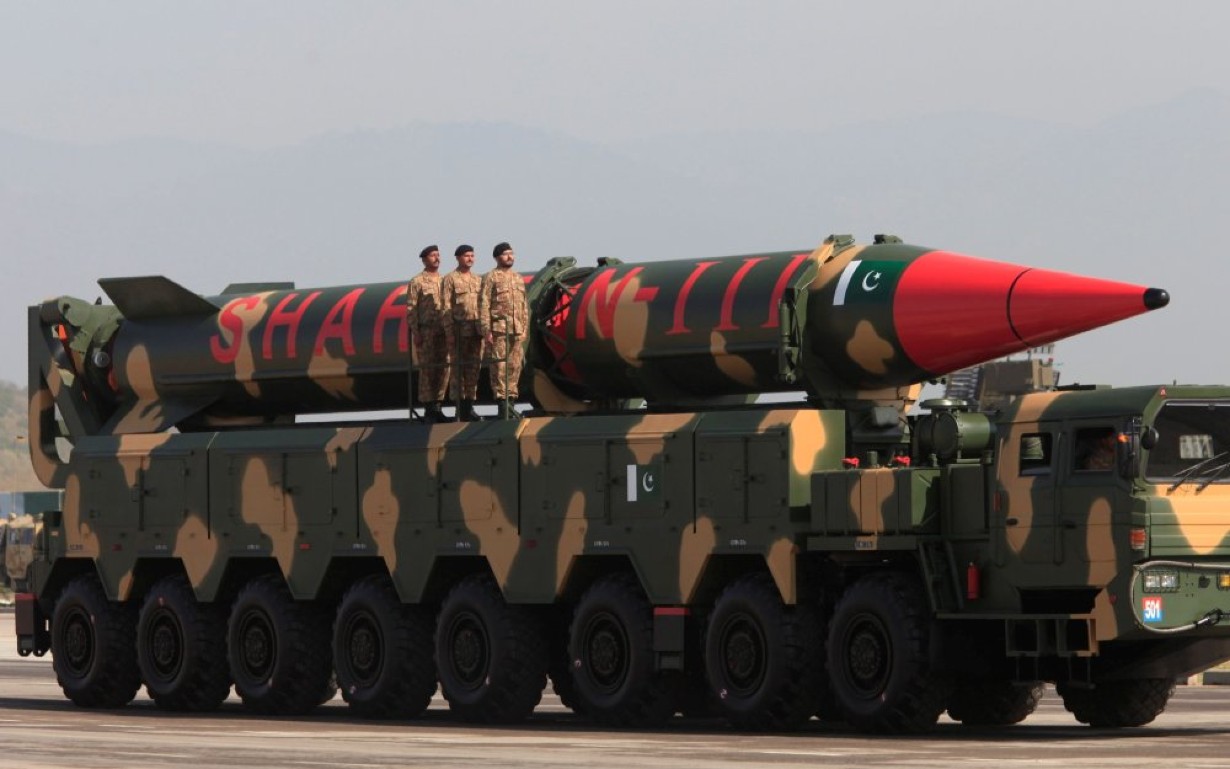
After gathering strength and power, the Islamabad regime found that the masses could be kept on its side by feeding them with anti-India and anti-Hindu propaganda.
The conspiracy of launching a proxy war in Kashmir through its jihadist establishment or the Mumbai and other attacks was hatched with the definite purpose of whipping up anti-India sentiment among the vast populace.
These conspiracies and anti-India mechanisms failed one after another. Falsehood does not withstand the test of history. Today, Pakistan is on the verge of a failed state. Its domestic policy is in shambles, and its foreign policy is pitiful. Its “iron brother” and OIC braggart fraternity do not come to its rescue. A phenomenon of civil war is threatening Pakistan.
In all probability, the only option before the Pakistani authorities is to impose martial law and call the Pakistan-based jihadist establishment to act freely in support of the army. It will be remembered that the US has, more than once, hinted at its apprehension that the jihadists in Pakistan could lay their hands on its nuclear arsenal.
Perhaps these elements are under the illusion that the only remedy for Pakistan’s multi-faceted ills is to destroy India. It will be recalled that a former Pakistani minister repeatedly warned that it had nuclear devices of half a kilo weight to pin down the Indians.
This is one theater of political antagonism where the use of the nuclear device is inducted into diplomatic discourse. The second theater is the scenario of the Russia-Ukraine war in which Russia has said that in case Moscow is incapable of meeting the armament superiority of the EU plus the US, it would be left with the only option of using Russia’s nuclear superiority.
The third theater that recently exacerbated the nuclear narrative was when the UK announced it would send depleted nuclear ammunition to Ukraine. Experts say that there is nothing called “depleted nuclear.” They assert that the missile that would pierce the tanks and armor has to be nuclearized.
On the morning of October 28, 1962, the 13 days of the Cuban missile crisis ended with a broadcast on Radio Moscow announcing Soviet leader Nikita Khrushchev’s decision to remove Soviet nuclear missiles from Cuba.
What President John F. Kennedy referred to as “the final failure” — a nuclear war — had been averted. The events of 1962 may have brought us as close to nuclear war as the world has ever been, but there have been several other very close calls involving false alarms and faulty computers.
Since 1945, prudent leadership, military professionalism, good luck, and divine providence have enabled humanity to avoid using nuclear weapons. But the continuation of that streak is by no means assured.
Over the past 76 years, nuclear weapon delivery systems have become faster, more powerful, and more widespread. Today, there are more than 13,000 nuclear weapons in nine countries. In most nations, including the United States and Russia, one person can decide whether to launch them.
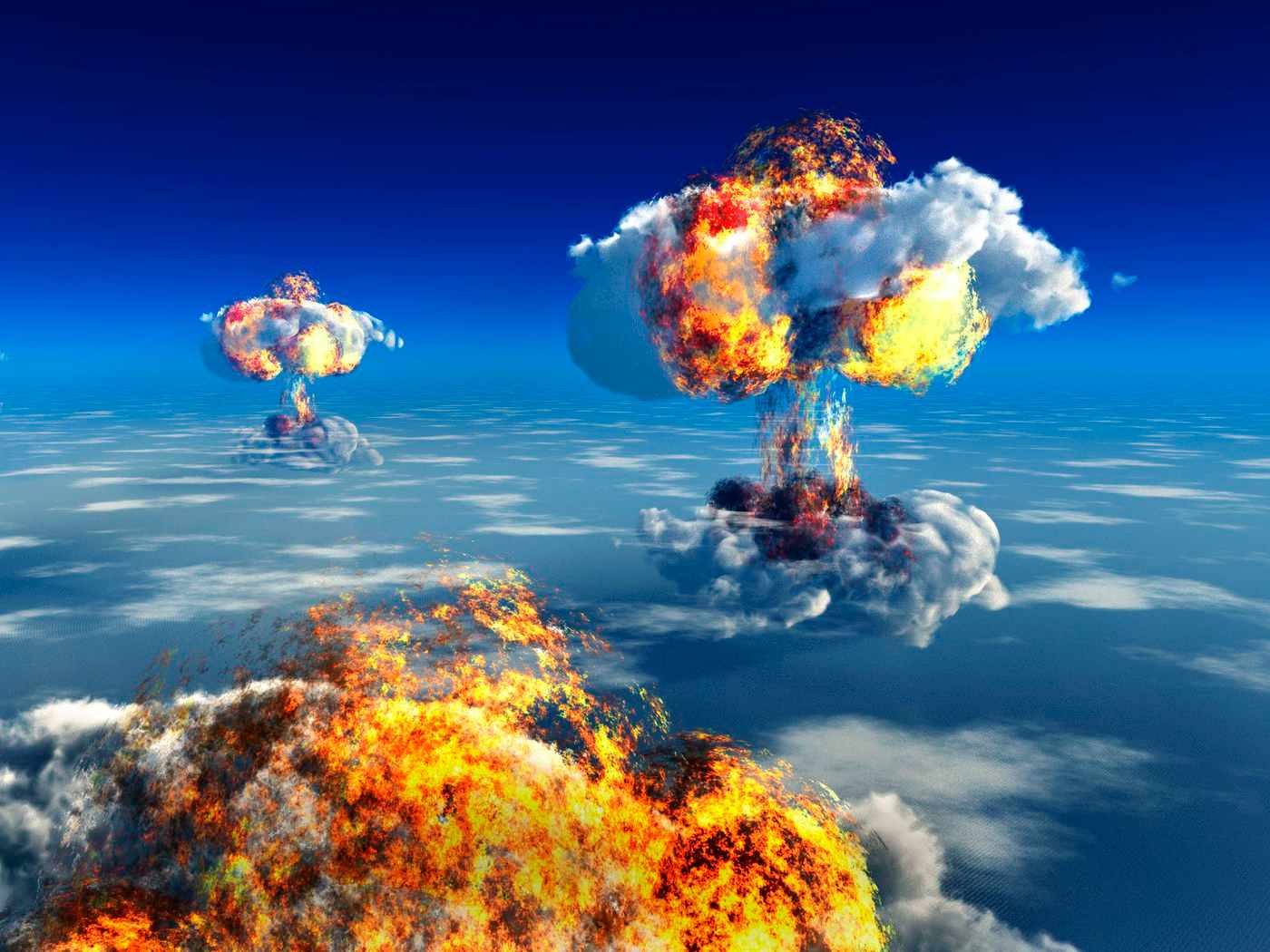
The risk that a leader will make a terrible decision to use nuclear weapons or that a terrorist could get one is growing. Nuclear-armed countries are allowing communications channels to atrophy. Our nuclear weapons and warning systems are facing new cyber threats. Advances in military technology are proving destabilizing.
Nuclear materials and nuclear know-how are spreading. And nuclear states are allowing arms control to wither.
There is also the potential for adversaries, including non-state actors, religious fanatics, and terrorists, to resort to cyber attacks to disrupt the command and control of nuclear weapons and early-warning systems.
The need for urgent action is clear: each nation with nuclear arms is responsible for reducing the risk of nuclear blunders, and nations must work together to eliminate nuclear risks. The risk is more observable in a state steeped in political and economic crises and almost on the brink of implosion.
To eliminate the nuclear threat posed by a variety of speculations, perhaps US President Joe Biden can accelerate efforts to reduce the risk of nuclear use by conducting a review aimed at strengthening nuclear “fail-safe” — the safeguards that could prevent unauthorized, inadvertent, or mistaken use of a nuclear weapon, including through false warning of an attack, and challenge other nuclear powers to conduct their internal reviews.
It is widely believed that the US controls Pakistan’s nuclear facility, whether through a secret agreement or American bossism. There appears a grain of truth in the rumor in the sense that while the US is determined to disallow nuclear capability to Iran, it never objected to Pakistan acquiring nuclear capability, mainly through clandestine means.
Some even say Pakistani nukes are in safer hands than India, as they are under ‘double control’ of the US and Islamabad.
When the world press reported the story of a Pakistani nuclear scientist stealing nuclear secrets while working in a laboratory in the Netherlands, the American state and its media just overlooked the narrative.
In the final analysis, the US should prove its credentials as the watchdog over nuclear proliferation to assure the world that in case of Pakistan’s implosion, its nuclear facility will not be allowed to pass into the hands of the terrorists and jihadists of that country.
- KN Pandita (Padma Shri) is the former Director of the Center of Central Asian Studies at Kashmir University. Views expressed here are of the author’s.
- Mail EurAsian Times at etdesk(at)eurasiantimes.com
- Follow EurAsian Times on Google News

